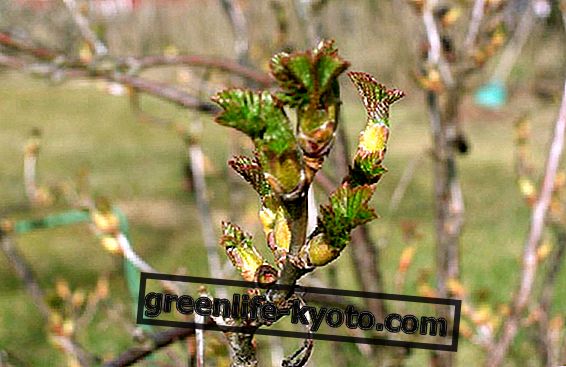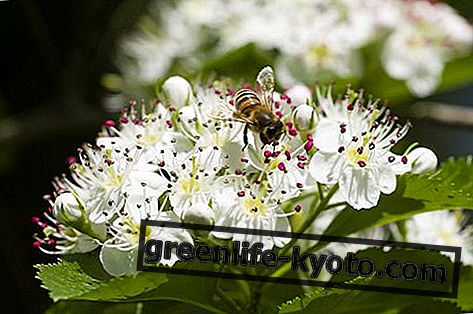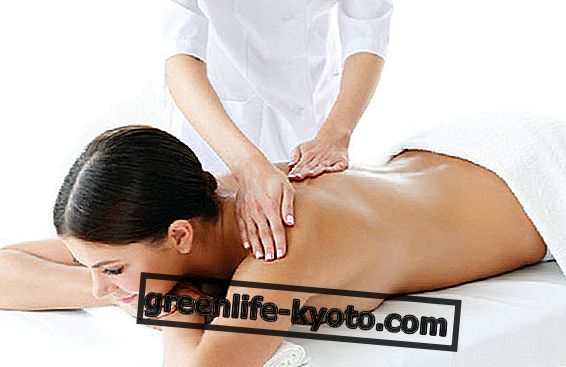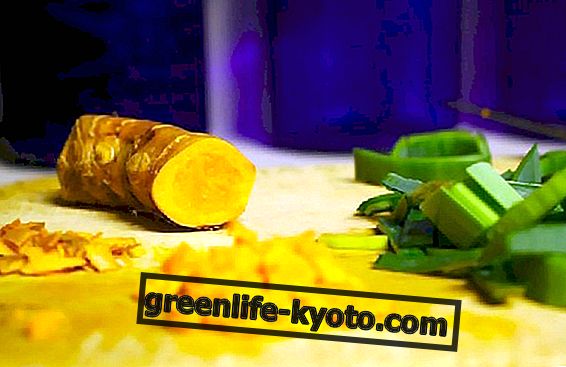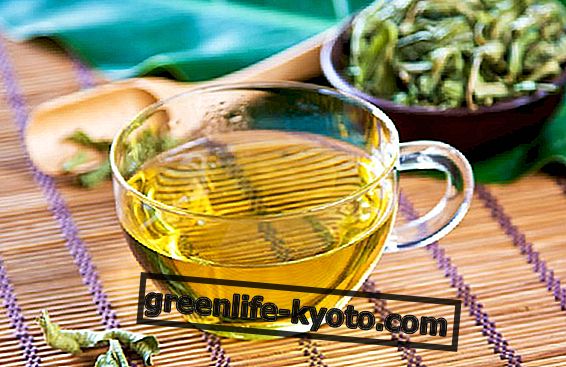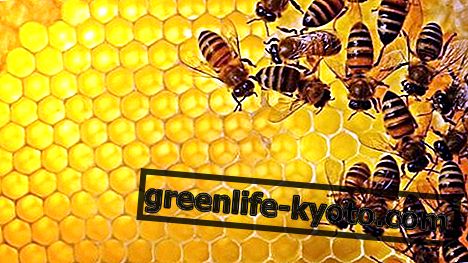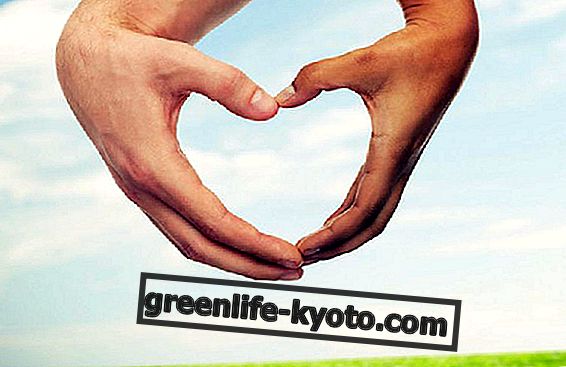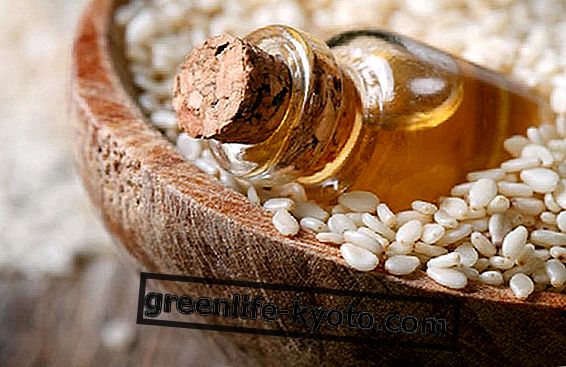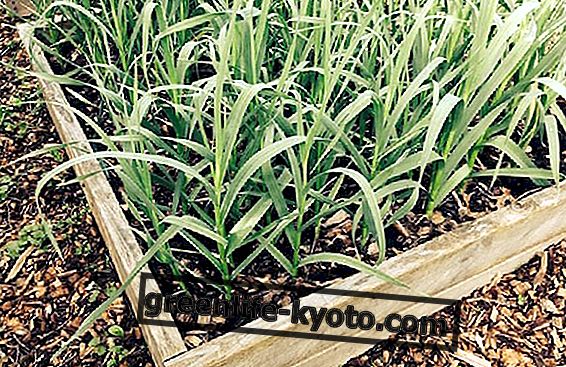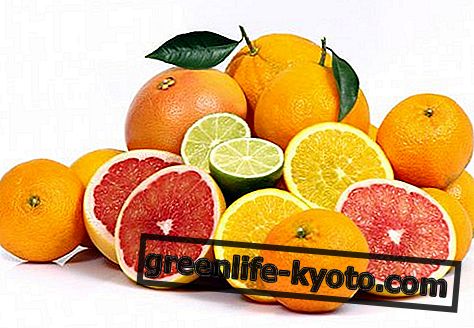
In order to achieve one's sporting goals while remaining in good health, the right diet is necessary, that is the intake of foods with a personalized diet, and the correct nutrition, which represents the set of biological processes that help complex cells and organisms to stock up on the basic compounds to sustain life.
It is therefore impossible to think that an athlete can prepare for competitive or even amateur competitions, following a diet that does not respect the personal contribution of carbohydrates, proteins, fats and sugars .
Particular attention must be paid to amino acids. In fact, if for people who do not practice sports, the supply of branched amino acids is already satisfied by a regular diet, which includes the right variety of foods, for an athlete, AA (amino acids) are very useful both in the pre-workout, which in post-workout and must therefore be integrated specifically.
A correct diet is essential when facing sporting challenges and the conscientious athlete knows that, to achieve certain goals, he must be followed by a staff of professionals who indicate which diet is the best for him based on metabolism.
Steroids, synthetic derivatives of testosterone, and anabolics that help non-natural muscle growth are considered doping substances.
From the health point of view, the side effects deriving from their use are very many in both men and women: from hair loss to increased aggression, from kidney dysfunctions to sterility, from damage to the heart to stunted growth bone and cartilage.
In order to know and deal with all the problems linked to the relationship between food, health and sport, specific preparation is required, which analyzes the various aspects and enables the health professional to indicate to the athlete not only the adequate diet, but recommend it (or we do not recommend it) also in the use of supplements and help in reading the periodic control analyzes.
An online course dedicated to healthcare professionals
Healthcare professionals, in particular biologists, chemists, dieticians, physiotherapists, sports medicine and food science physicians, can deepen these themes through an ECM ( Continuous Medical Education ) Course in Distance Learning (FAD) mode entitled " Nutrition, Health and Sport " published by IKOS .
The modules of the remote ECM course, designed by Dr. Shuela CURATOL A, nutritionist biologist, are divided into topics: food groups, nutritional principles, cooking foods, glycemic index of foods and their relationship with sport, food supplements, incidence of allergies and intolerances in sports nutrition and sports as a prevention of diseases.
Furthermore, the course will explore the fundamental difference between basal metabolism and activity metabolism, which is crucial for the prescription of any diet and how heat is transmitted to cooked foods by conduction, convection and radiation and what is the best method for cooking dishes for sports.
To participate in IKOS ECM courses it is sufficient to connect to the FAD platform with a latest generation browser.
Test and issue of the ECM certificate
At the end of the ECM fad course the learner will have to answer an evaluation questionnaire to verify the learning of the proposed contents. The questionnaire will be multiple choice with four possible answers of which only one is correct. The questionnaire will be passed with at least 75% correct answers with the achievement of CME credits.
The questionnaire will be repeatable for a maximum of 5 times, for each attempt there will be a double randomization of the questions. The credit certificate will be immediately available in PDF format on the learner's profile.
Read also The World Food Day >>

